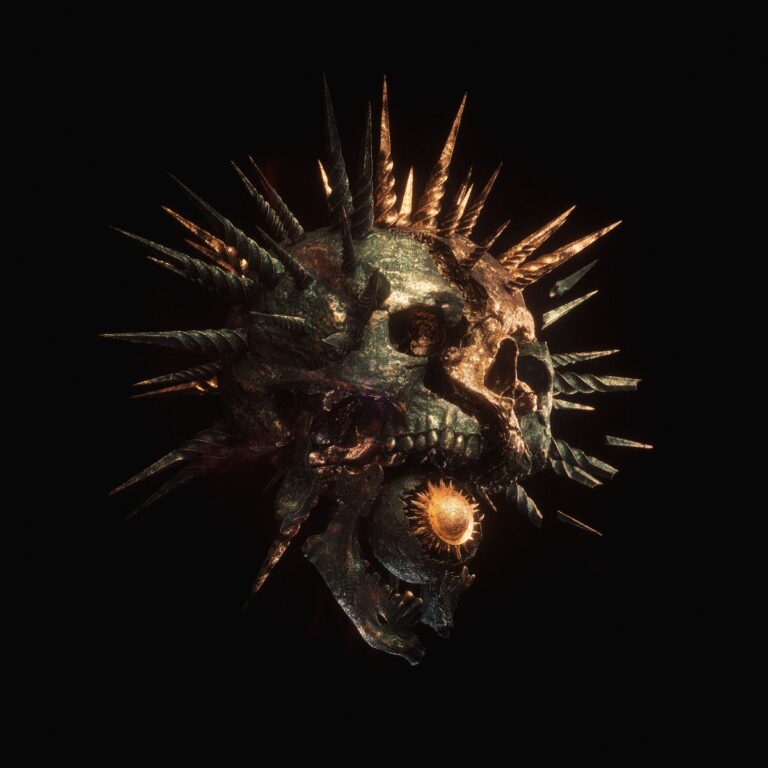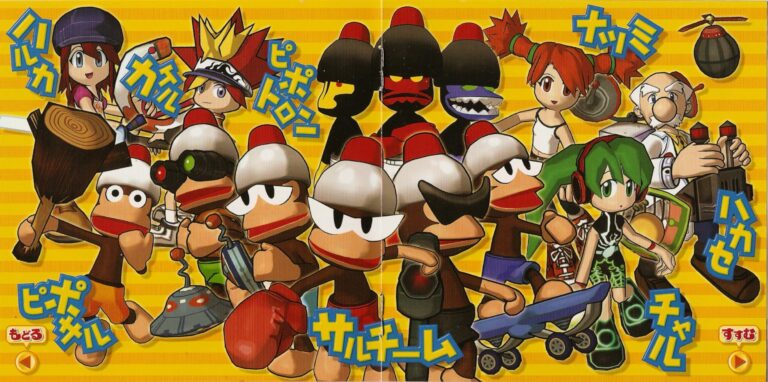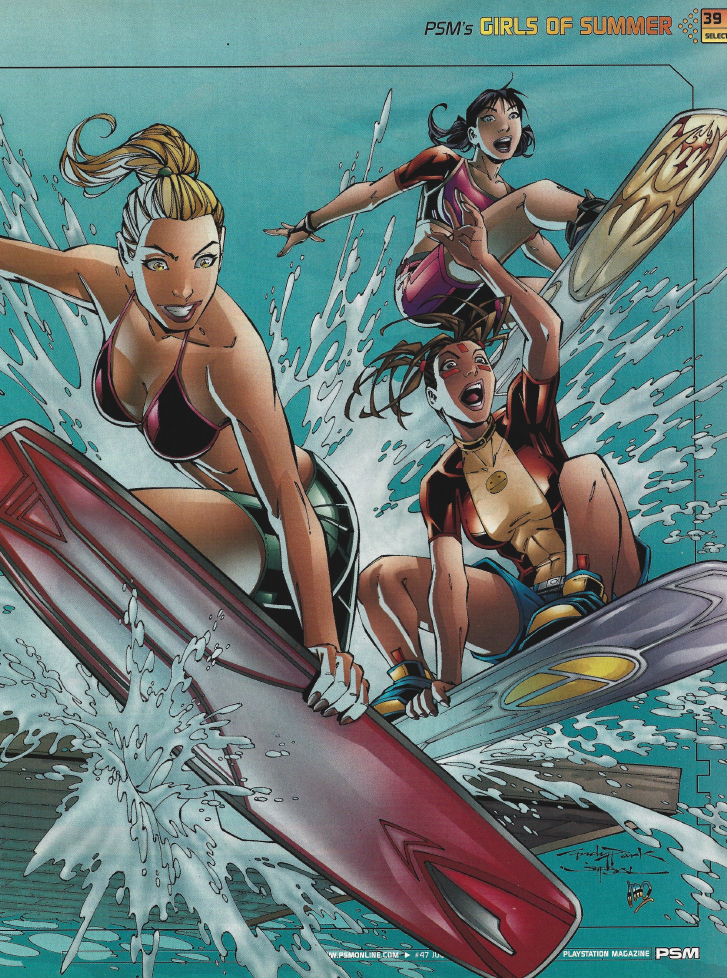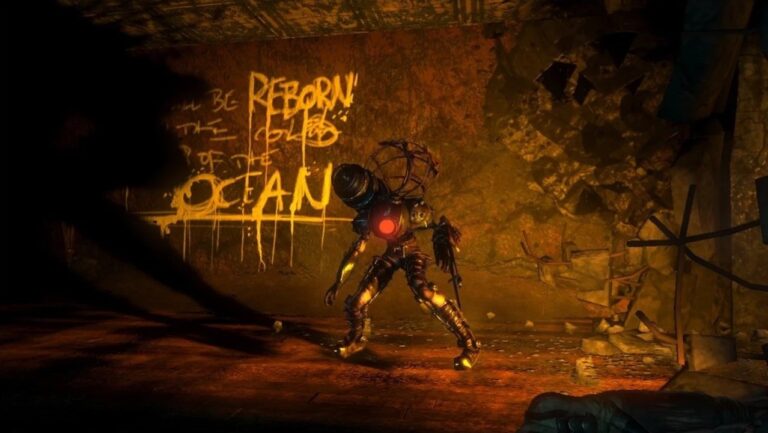Welcome back to my annual music countdown! As is tradition here on IC2S, I go back through...
popular culture
It’s mid-December, so that means another count-down of my favourite movie posters of the past year! In...
Welcome back to the Ape Escape Love/Hate series! As I alluded to at the end of the...
My PSM Video Game Girls Swimsuit Issue ranking is the gift which keeps on giving. Not only...
While I was researching and writing my article about the PSM video game girl swimsuit issues, I...
When I was a teen (back around 2005), I really got into video game magazines. EGM, Game...
The Switch 2 was recently shown off… and all the news we’ve been getting about it is...
I recently replayed Bioshock and, having now familiarized myself with Ayn Rand and her ideology, it made...
Welcome back to the Halo love/hate series! In this entry we’ll be going over the series’ second...
Surprise! It’s time for a new love/hate series! As you can probably tell, we’re going to be...
It’s mid-December, so that means another count-down of my favourite movie posters of the past year! In...
Back in the mid-2000s, I came across a somewhat-famous flowchart which purported to illustrate the hierarchy by...
Welcome back to a very special bonus entry in the Resident Evil love/hate series! In this entry...
Welcome back to the Resident Evil love/hate series! In this entry we’ll be going over the original...













